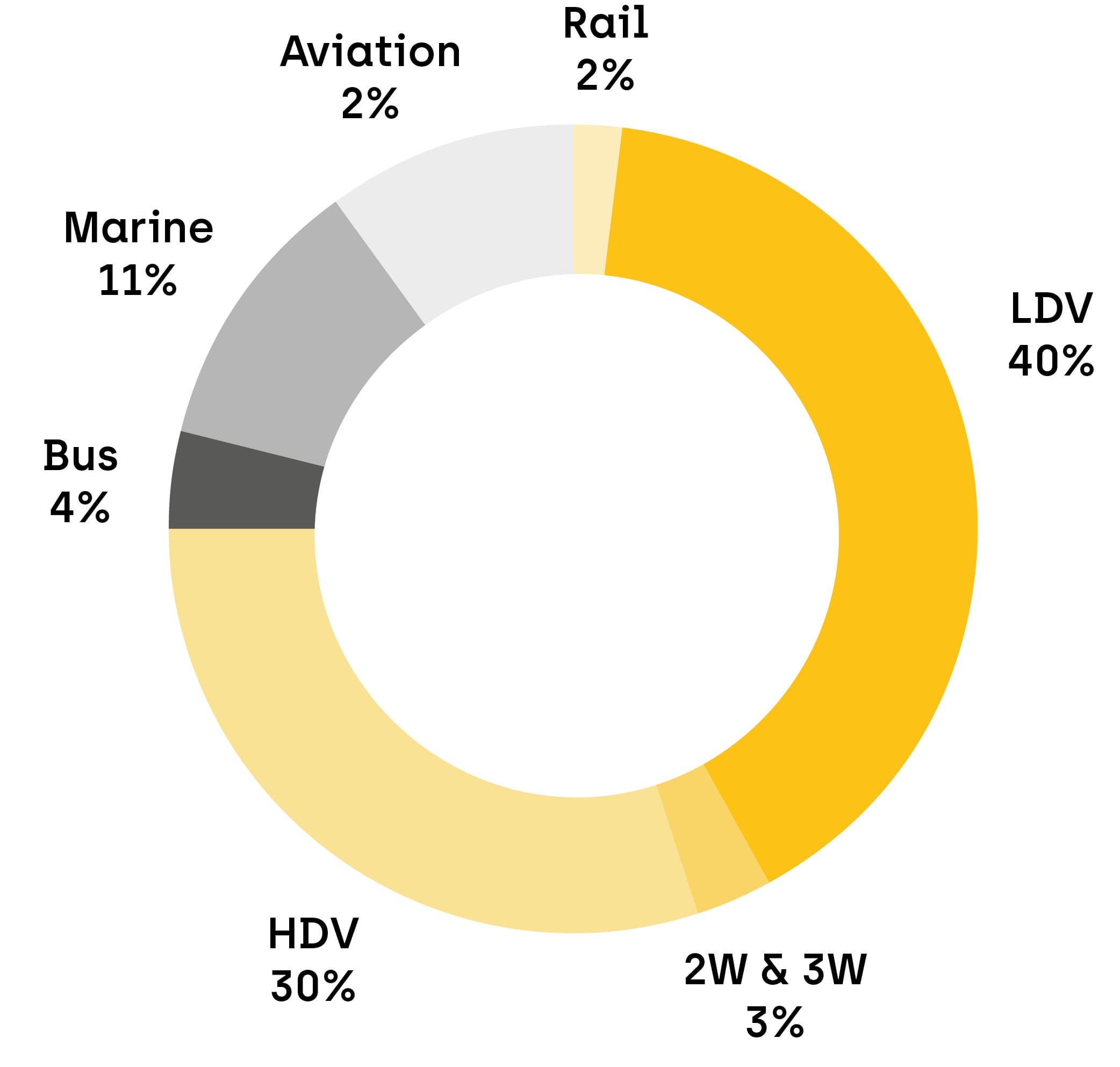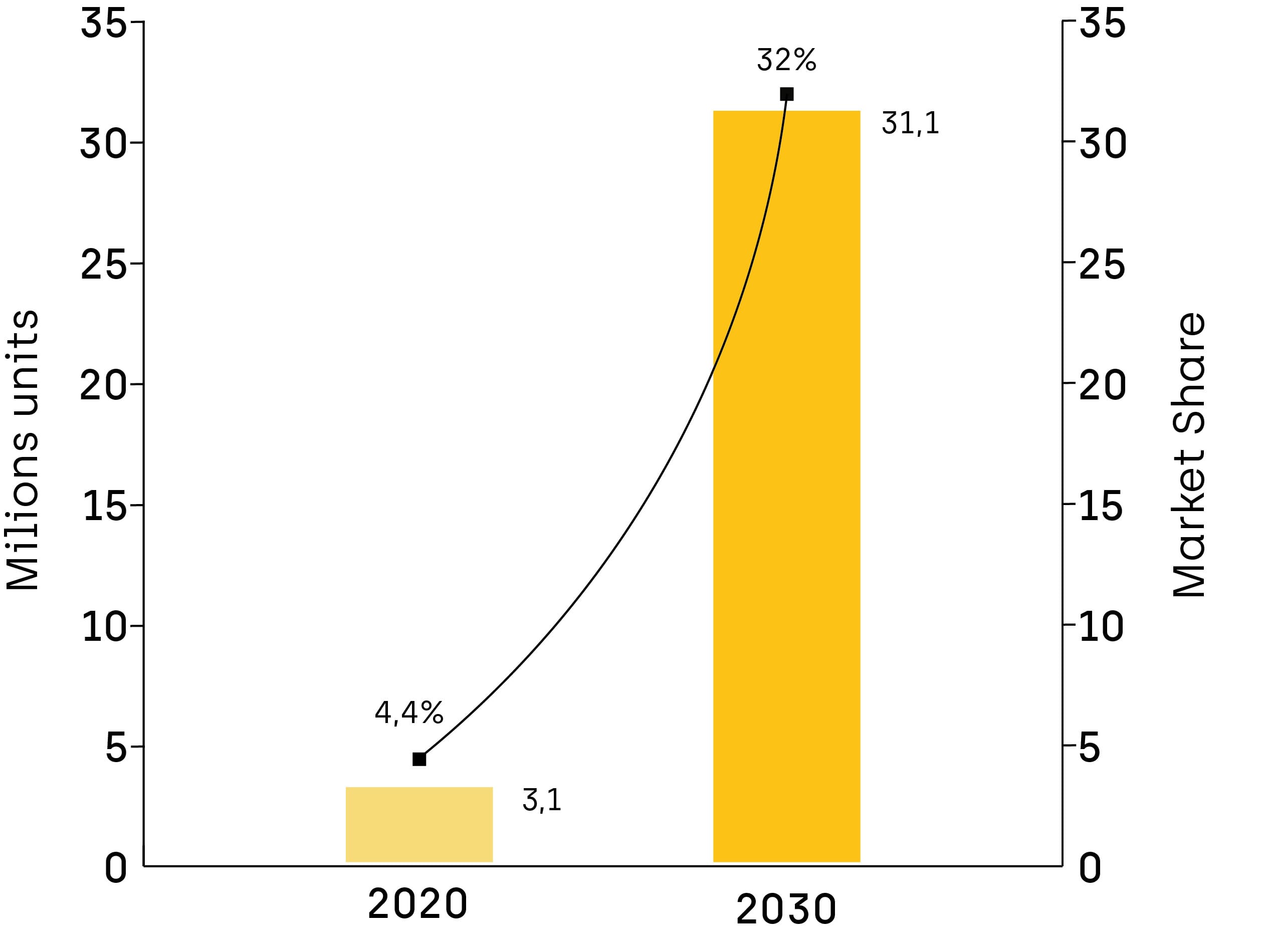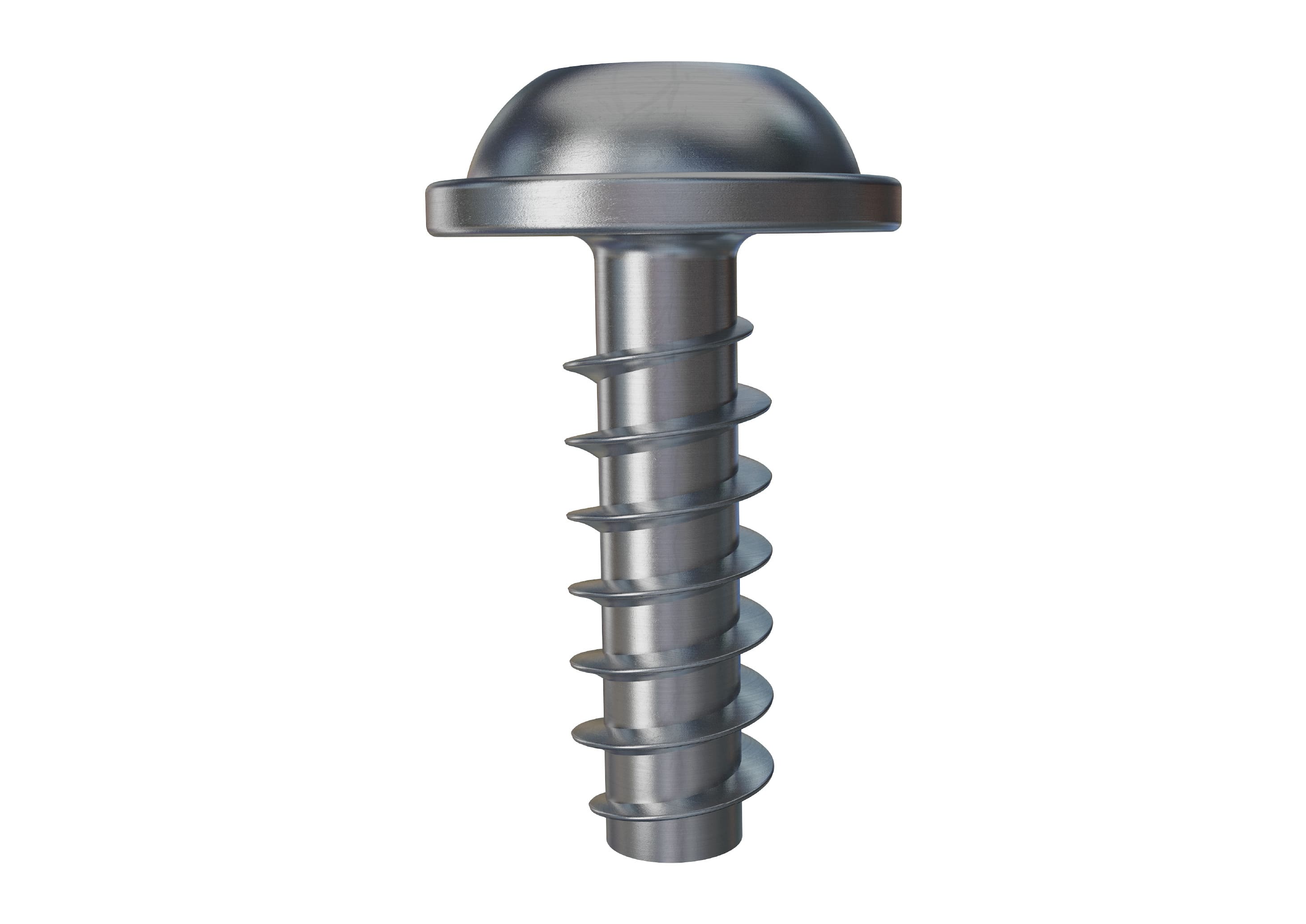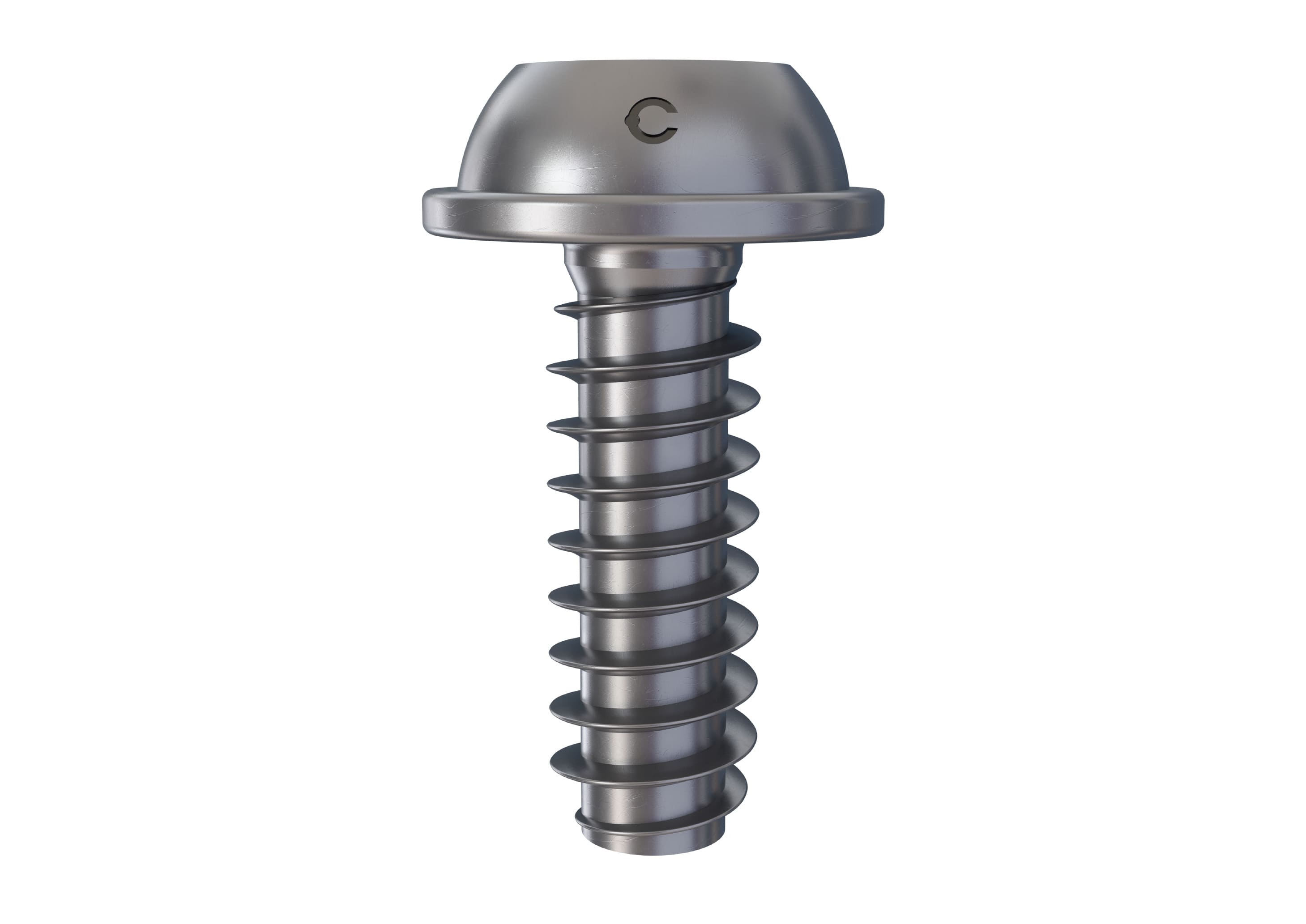CELO contribution to electromobility
E-mobility products include not only electric vehicles but also EV charging stations, On-board chargers, ECUs, batteries, and energy storage systems among many others. CELO is working with manufacturers to optimize the assemblies in their electromobility products to increase the overall performance. We offer the complete range of technical screws to meet the most demanding requirements for today and tomorrow.
There is growing demand for more efficient components. Manufacturers are striving to reduce emissions, improve energy efficiency and enhance comfort, meanwhile to become more competitive through cost optimization and process automation.
Our assembly solutions for plastic and metal makes the right connections that provide value to you and your customers. Along with CELO, our engineers will assist you to overcome the challenges in every stage from design to assembly:
Reduce assembly cost and cycle time:
Eliminating use of tapping operations in aluminum parts
Eliminating the use of metallic inserts in plastic housing
Avoiding cross-threading problems when using metric screws
Providing Optimal torque transmission, reduce line stoppage
Improving lightweight by reducing material and components
Ensure the best joint performance:
Avoiding vibrational loosening
Guaranteeing Electrical contact
Ensuing proper heat dissipation
Guaranteeing tightness and prevent Water Leakage







